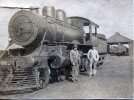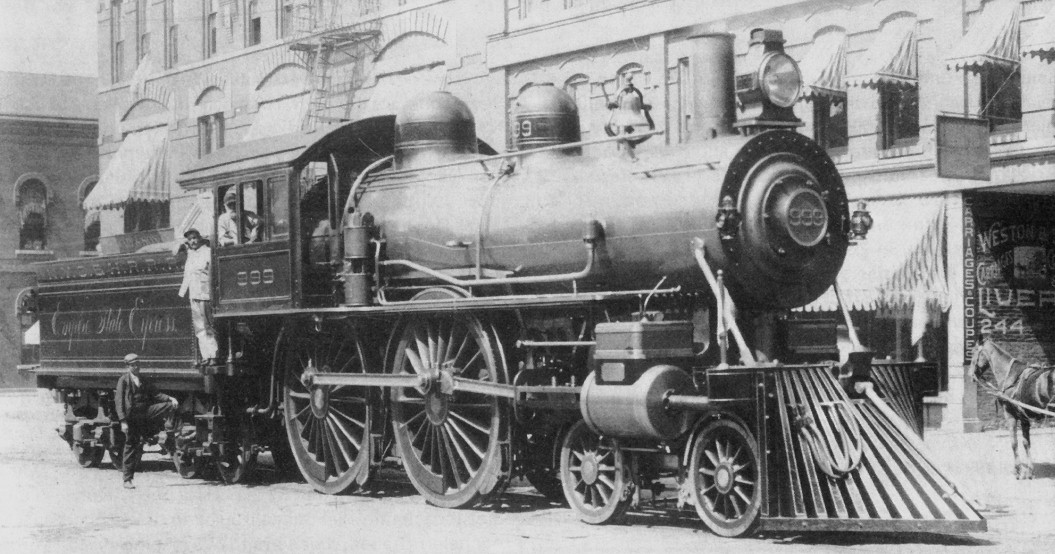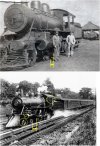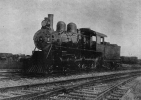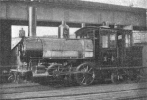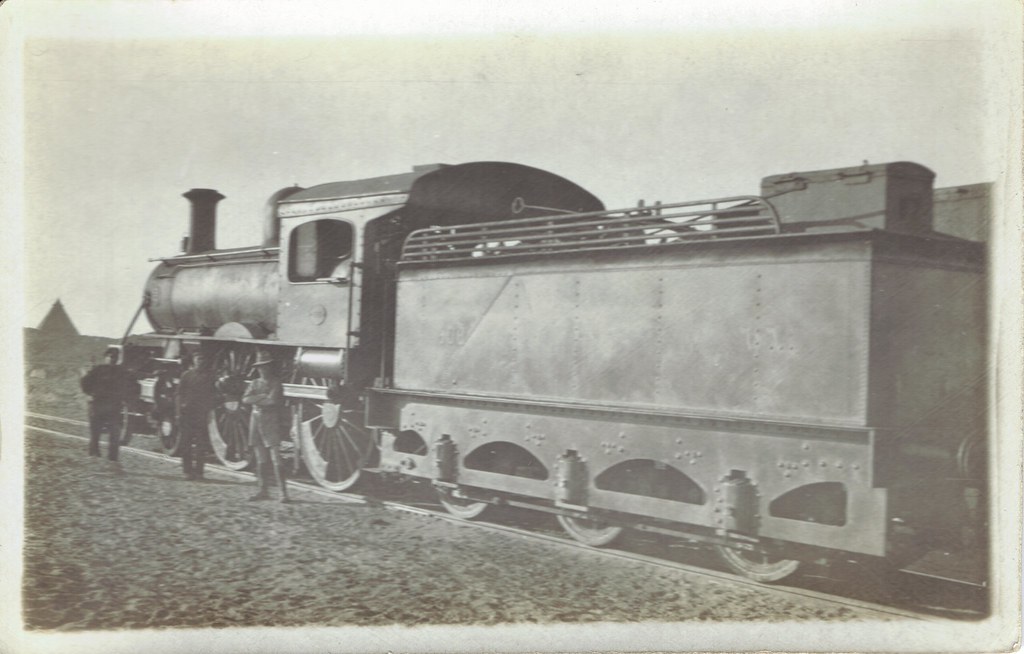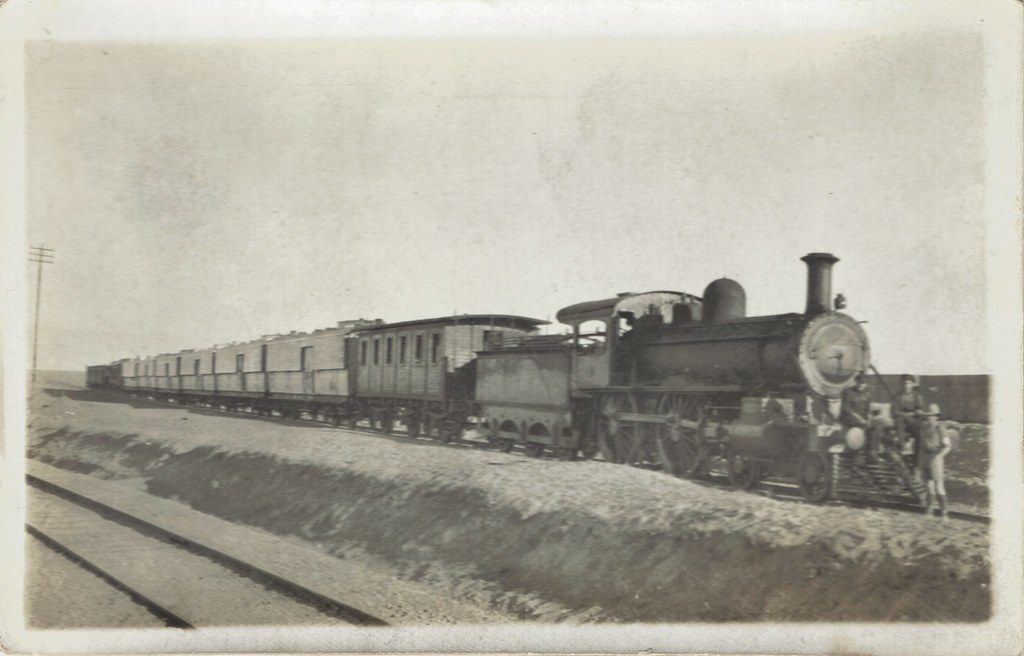Big Jumby 74
Member
The attached photo is family related, possibly of a distant nature, and was left to me many years ago with a small number of bank notes from the 1940's, from various countries outside the UK, North Africa, China, and some European, the sort of stuff a serving soldier or similar would have had in his wallet on return to UK.
I have no more clues than that as to the identity of the loco/location or the loco crew, and as yet can't pin it down via Army/railway service records to any individual(s), as good as Army Service records normally are. For my part the loco appears to be a 4-4-0, and looking at the cab design I would venture it's of Baldwin origin, but other than that?
Any ideas out there please? Thanks.
I have no more clues than that as to the identity of the loco/location or the loco crew, and as yet can't pin it down via Army/railway service records to any individual(s), as good as Army Service records normally are. For my part the loco appears to be a 4-4-0, and looking at the cab design I would venture it's of Baldwin origin, but other than that?
Any ideas out there please? Thanks.

